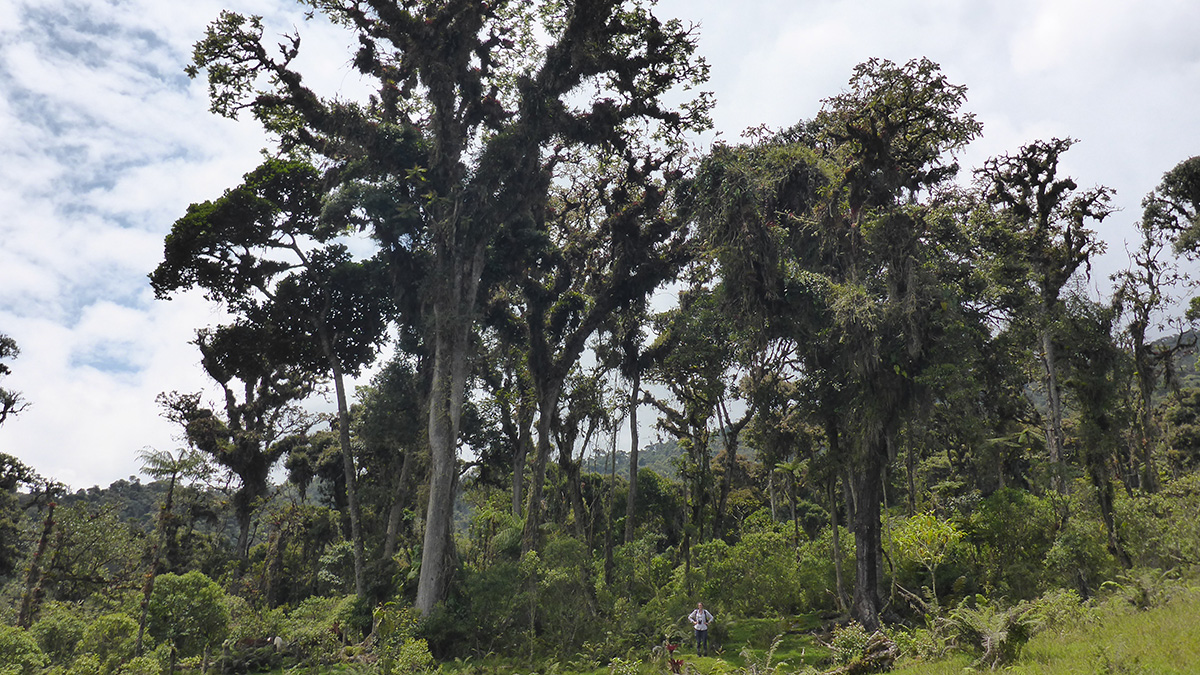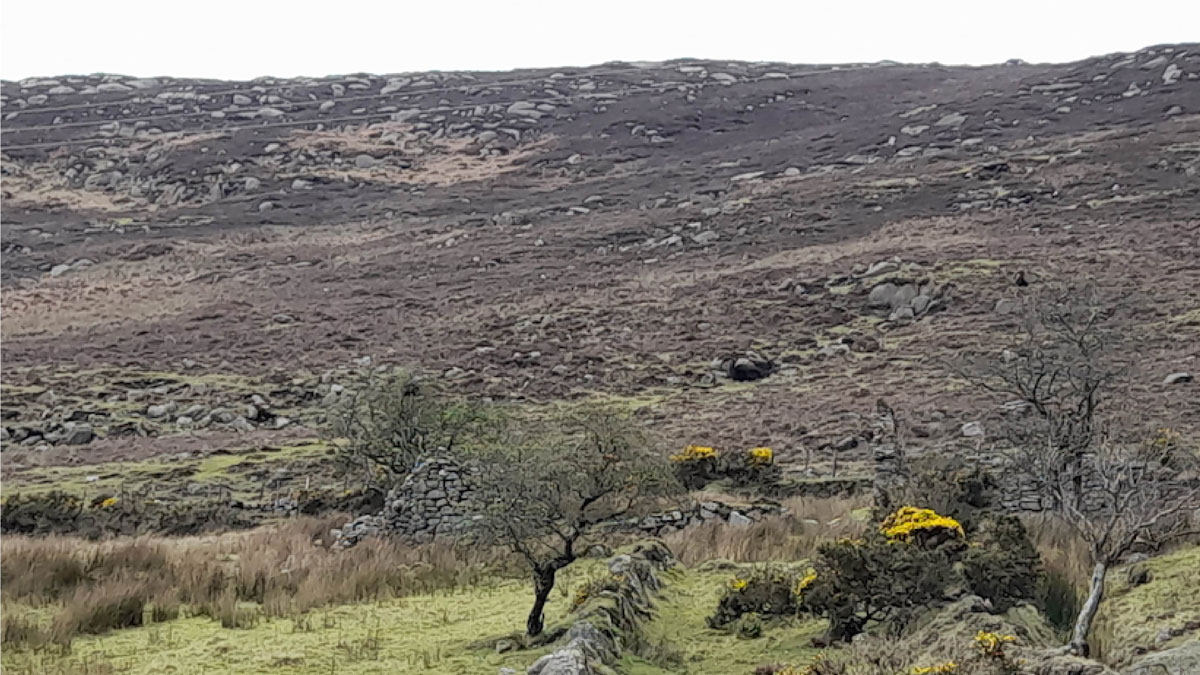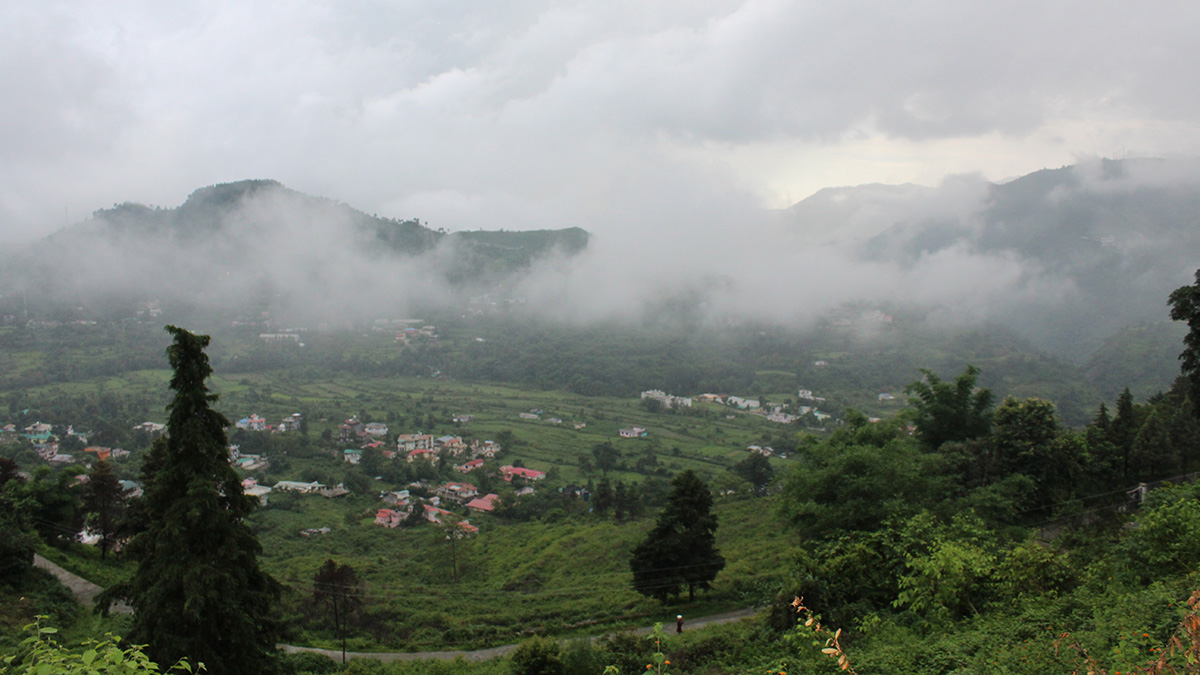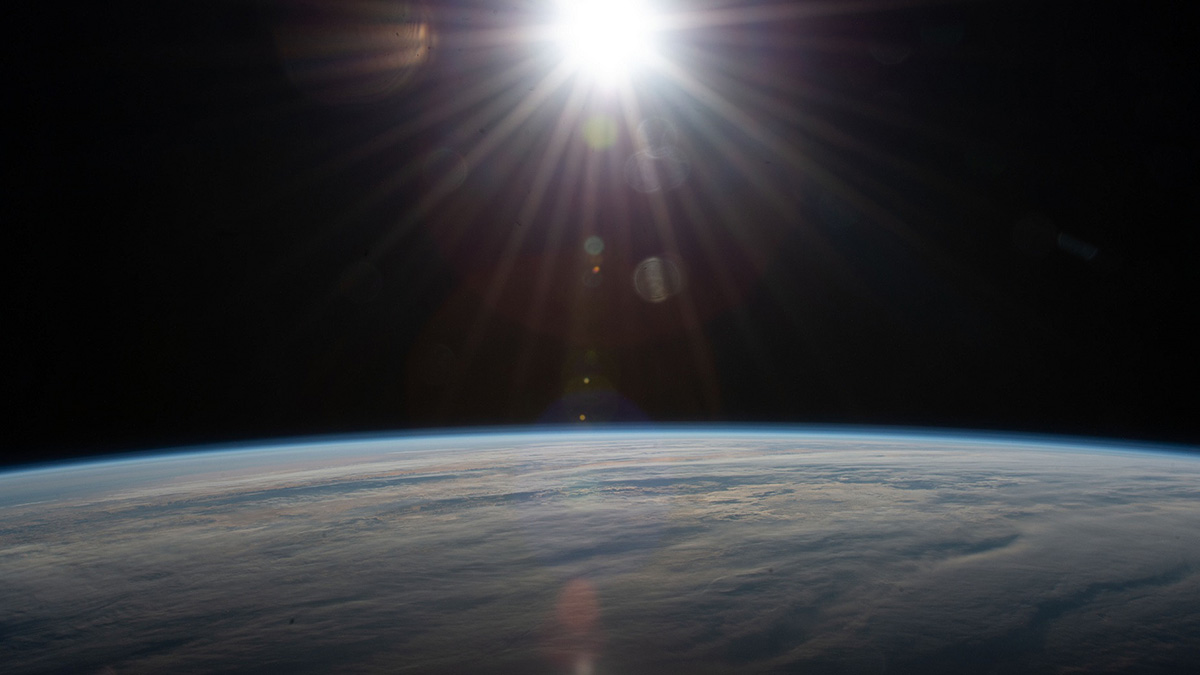New research provides a 200-year reconstruction of interannual rainfall in the Amazon basin using oxygen isotopes preserved in tree rings in Ecuador and Bolivia.
proxies
This One Simple Trick Helps Us Understand How Much Water Is in Martian Lavas
Understanding how much water is in Martian magma is vital for understanding whether the Red Planet had seas in its early history.
Peat Uncovers a Uniquely Resilient Irish Community
Researchers reveal an abandoned settlement in Northern Ireland that showed unusual resilience during calamities including epidemics, famine, and climate change.
Cretaceous Charcoal Gives a Glimpse of Plant Evolution
New data from vegetal charcoal in northwest India supports the theory of paleowildfires as a global phenomenon and an evolutionary force for biodiversity.
Higher Sea Surface Temperatures Could Lead to a Weaker Monsoon
Most climate models predict that the South Asian monsoon will strengthen with climate change, but new research indicates warmer ocean temperatures may lead to a drier phenomenon.
Pequeños cambios climáticos podrían verse magnificados por procesos naturales
Un nuevo estudio utiliza técnicas de modelado para descubrir cómo pequeños incidentes de calentamiento pueden convertirse en eventos hipertermales que duran miles de años.
Estimating Lake Evaporation Just Got Easier
A new method standardizes freshwater lake measurements and shows they are losing a fifth of their inflow to evaporation.
Sediments Suggest Vikings May Have Been the First to Settle the Azores
A multidisciplinary team studying lake sediments and climate change found evidence that the archipelago was inhabited 700 years earlier than historical sources claim.
Ancient Eruptions Reveal Earliest Settlers on the Faroe Islands
Lake sediment is helping scientists resolve a decades-long historical mystery.
Tubos de lava terrestres podrían ofrecer información sobre la vida extraterrestre
Una nueva investigación encuentra que Actinobacteria en cuevas de lava fijan carbón y sobreviven independientemente de aportes superficiales, ofreciendo una nueva perspectiva en la investigación de la vida fuera de la Tierra.










